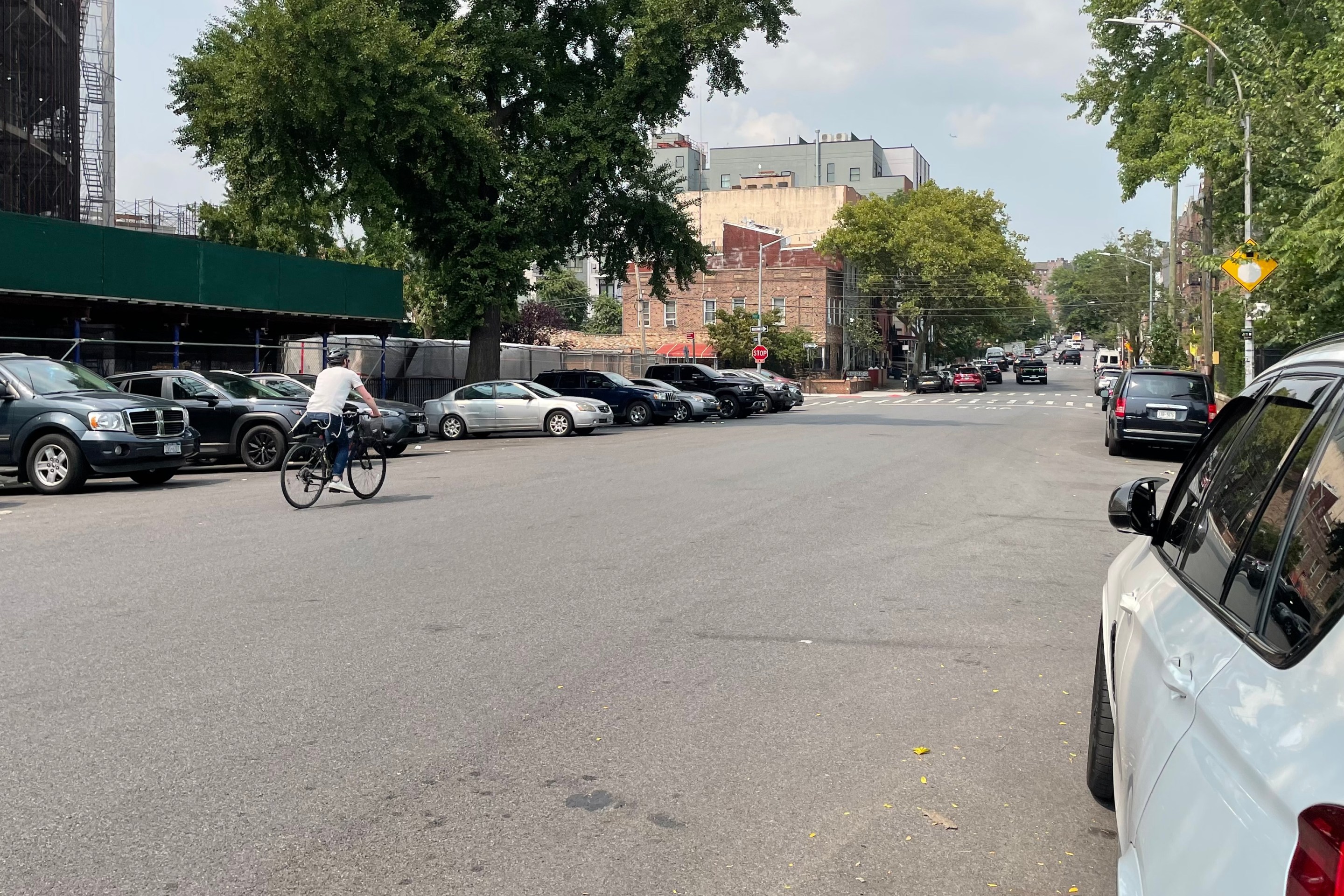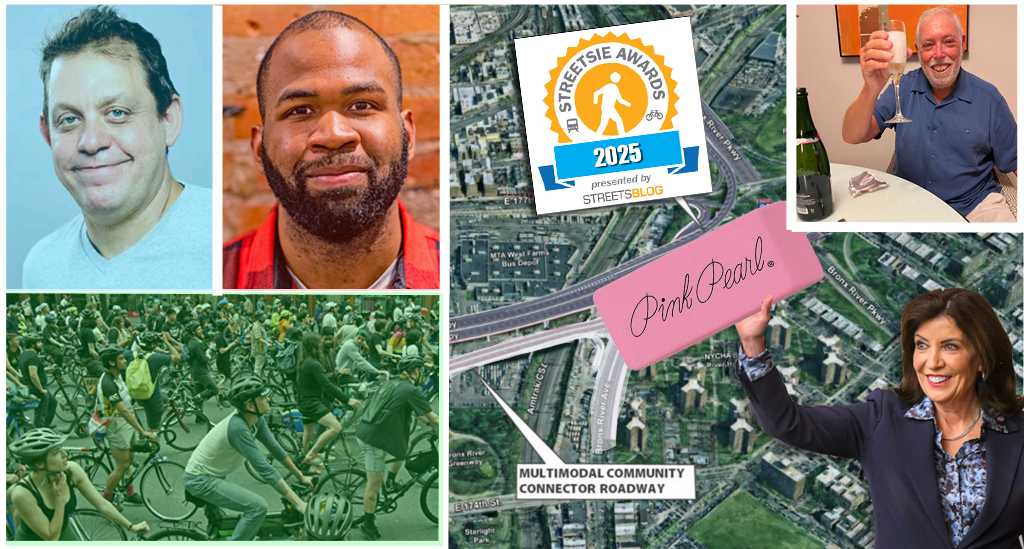If there's one thing we can all agree on, whether you bike, drive, or ride the bus, it's that American roads are in bad shape. Now the bill is coming due on our poorly maintained infrastructure, and America is coming up short.
According to a recent article in Gizmodo, it didn't have to be this way. Writer Rachel Swaby says America's predicament has its roots in a fateful decision made more than 50 years ago: to pour asphalt over packed dirt rather than concrete.
This made roads cheap to build -- encouraging the proliferation of car transportation and freight trucking. But it also made roads very expensive to maintain.
Cap'n Transit wonders how different things might have been here, if we had built roads like Germany did with the autobahns -- on a base of a solid concrete:
The roads were originally designed for private cars, with the expectation that most freight shipping would continue to be done by train. Truck freight offered a particular advantage over rail for shippers: on trains, small loads of a container car or two had to be decoupled from the train and possibly coupled to another train for the next leg of the journey. The more times a train had to be stopped in a yard, "broken" and reassembled, the longer the trip for the entire cargo.
Both freight railroads and road builders were surprised by the speed of the shift from rail to road. The roads were paid for by the government, and most of them were "free." Lomax tells Swaby that "companies are pushing the limits of what our roads can take, which increases their profits—but at the taxpayer's expense." It's clear to me that this has been going on for as long as there have been companies.
You probably know what happened next. The railroads began losing money, and cut their passenger service first. American housing and retail reorganized themselves around roads, and manufacturing and other industries followed. Faced with such intense demand for the roads, the federal, state and local governments embarked on a massive expansion plan. This just fed the appetite for more roads.
It makes me wonder: if all these roads had been made with concrete, how much longer would it have taken to build out the 1950s era Interstate system? How many railroads would have avoided bankruptcy? How many downtowns would have been saved from being paved over for parking?
Elsewhere on the Network today: Bike Portland shares an interview with an area CEO who gladly predicts the city's future will be even less car dependent. Real Hartford explains a protest taking place this week that calls on Americans to occupy America's bridges in the name of job creation and infrastructure improvement. And This Big City lists three compelling reasons why cities should embrace bicycling: improved air quality, energy savings and reduced noise pollution.






